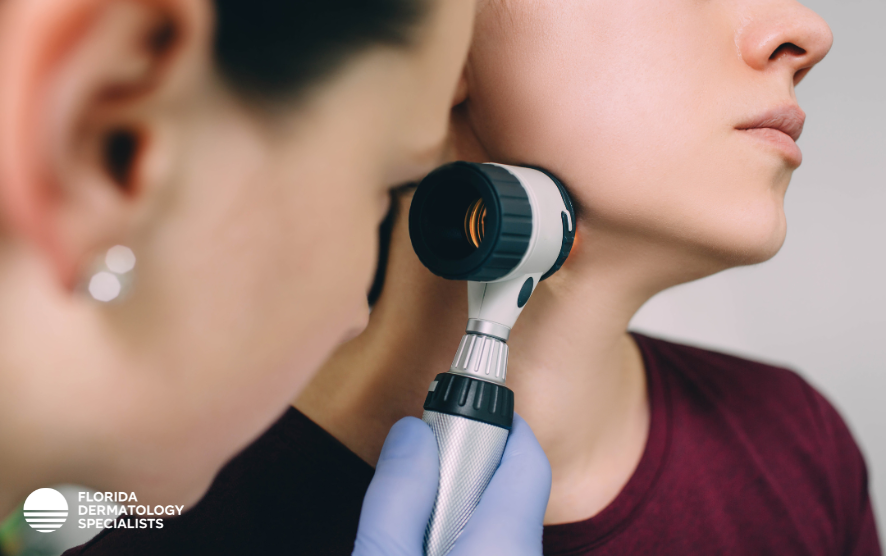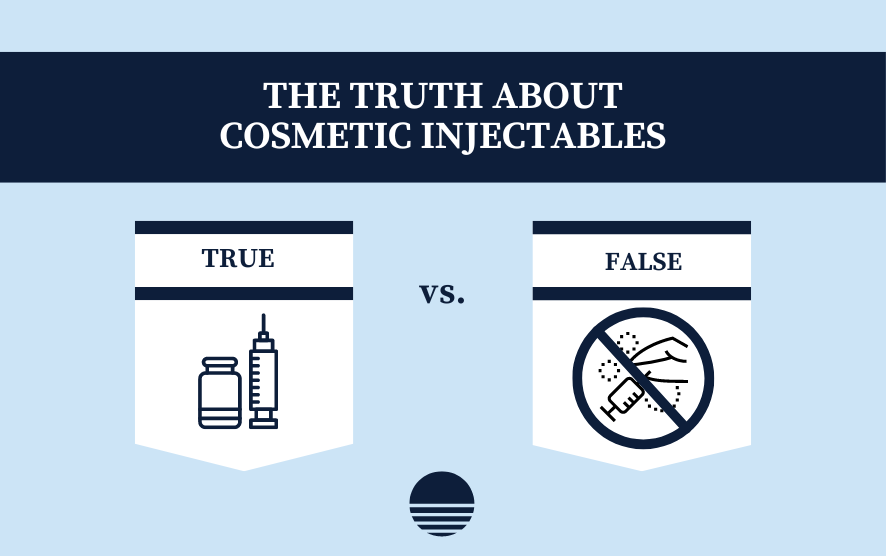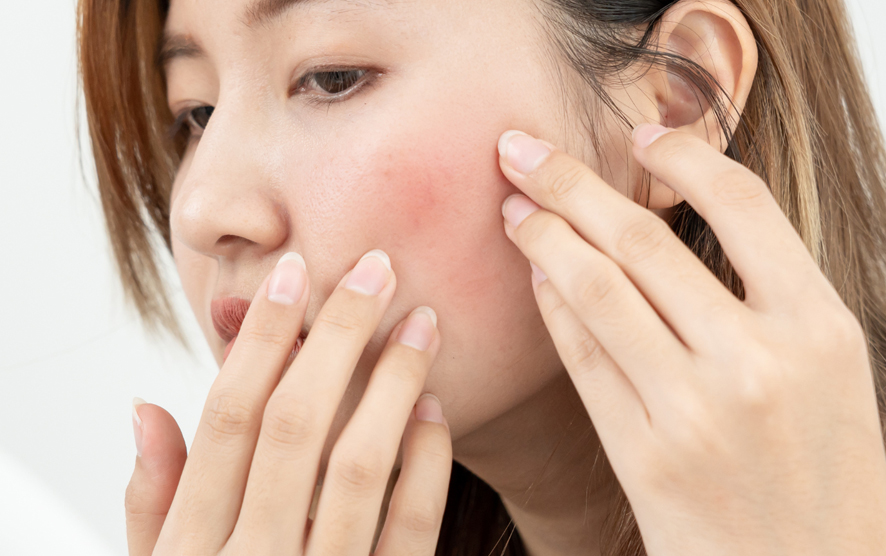Blog

Melanoma Awareness: Identifying, Preventing, and Taking Action
Melanoma is a type of skin cancer that arises from the uncontrolled growth of melanocytes, the...

May Employee Spotlight: Valeria
Learn more in our Employee Spotlight series to discover the remarkable stories and contributions...

Busting the Myths: Debunking Common Misconceptions About Injectable Treatments
In today's ever-evolving world of cosmetic enhancements, injectable treatments have become...

April Employee Spotlight: Robin
Learn more in our Employee Spotlight series to discover the remarkable stories and contributions...

Understanding Rosacea: Causes, Symptoms, and Treatment Options
Rosacea is a chronic skin condition characterized by facial redness, flushing, visible red blood...

March Employee Spotlight: Brandie
Learn more in our Employee Spotlight series to discover the remarkable stories and contributions...

What Do Your Doctor’s Credentials Mean?
Understanding Your Doctor’s Credentials | Dermatology Blog

February Employee Spotlight: Alyssa
Learn more in our Employee Spotlight series to discover the remarkable stories and contributions...
Real Patient Reviews
"My wife and I both go to Dr. Krathen and have been patients for ten years or more. We could not be more pleased and would recommend Dr. Krathen to everyone who wants top notch care by a true professional." - JS
Olivia is very kind and caring and professional. She listens and provides answers to my concerns. She goes above and beyond for her patients." - GH
"Dr. Krathen is the most professional, caring, friendly and skilled dermatologist I’ve ever had. He is patient in answering all your questions. I highly recommend him to all my family and friends." - ES
